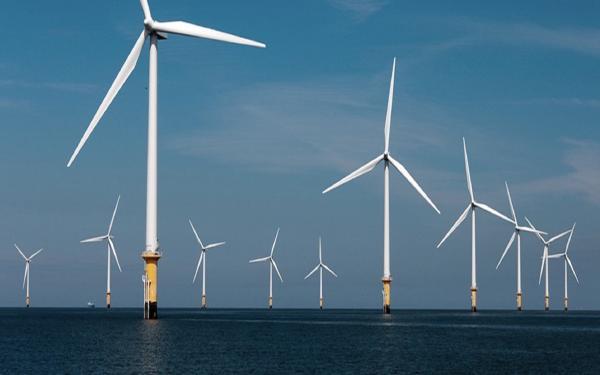
The European Investment Bank (EIB) is providing equity-type financing of up to EUR 75m (some DKK 560m) to Copenhagen Infrastructure Partners (CIP) for an innovative infrastructure fund (Copenhagen Infrastructure II) investing in large energy-related projects such as offshore wind, biomass and transmission schemes. The EIB financing will be proposed for backing by the EU budget guarantee under the European Fund for Strategic Investments (EFSI).
The renewable energy infrastructure fund Copenhagen Infrastructure II targets mezzanine and equity-type investments primarily in newly established greenfield energy-related projects, located mainly in Northern and Western Europe. This groundbreaking operation will enable institutional investors to engage at an earlier stage in large renewable energy infrastructure projects. The fund also stands out in terms of its innovative structure, accommodating a long-term investment horizon of 20 years.
The fund will primarily focus on renewable energy projects that generate energy with typically lower pollutant and climate-relevant emissions than conventional fossil fuel-based power plants. The anticipated high share of offshore wind, biomass and transmission investments is expected to generate considerable employment in the construction phase (around 2500 - 4000 jobs). It is also estimated that some 1000 jobs may be created during the project’s operation, a significant number of which will be highly-skilled jobs.
Jonathan Taylor, EIB Vice-President responsible for lending in Denmark, stated “We are proud to support this innovative fund, as it will contribute to the achievement of European targets for renewable energy generation and CO2 emissions reduction, safeguarding and creating at the same time a significant number of jobs. This first transaction in Denmark under the Investment Plan for Europe shows that the EIB is honouring its commitment to roll out the initiative even before the EFSI is officially launched.”
In recent years, the EIB has played a leading role in supporting the offshore wind sector on the debt side, and it is now also embarking on the equity side to provide further support to the development of this large-scale and strategic infrastructure for Europe.

